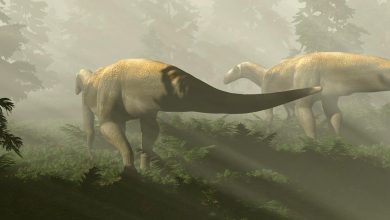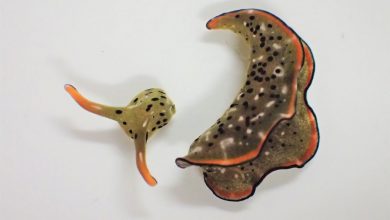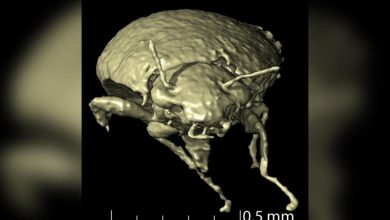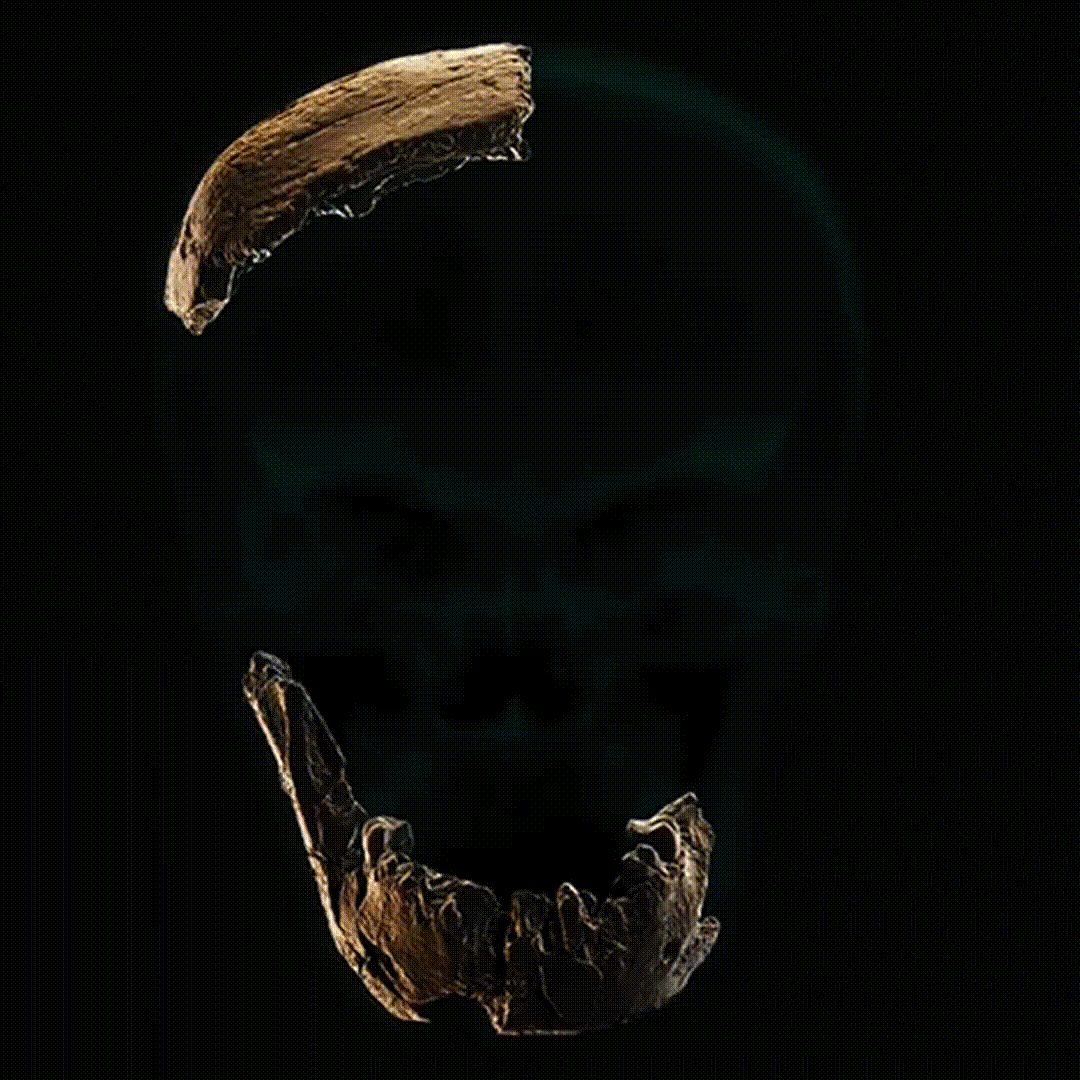
Dramatic Discovery in Israeli Excavation
- The discovery of a new Homo group in this region, which resembles Pre-Neanderthal populations in Europe, challenges the prevailing hypothesis that Neanderthals originated from Europe, suggesting that at least some of the Neanderthals’ ancestors actually came from the Levant.
- The new finding suggests that two types of Homo groups lived side by side in the Levant for more than 100,000 years (200-100,000 years ago), sharing knowledge and tool technologies: the Nesher Ramla people who lived in the region from around 400,000 years ago, and the Homo sapiens who arrived later, some 200,000 years ago.
- The new discovery also gives clues about a mystery in human evolution: How did genes of Homo sapiens penetrate the Neanderthal population that had presumably lived in Europe long before the arrival of Homo sapiens?
- The researchers claim that at least some of the later Homo fossils found previously in Israel, like those unearthed in the Skhul and Qafzeh caves, do not belong to archaic (early) Homo sapiens, but rather to groups of mixed Homo sapiens and Nesher Ramla lineage.
Nesher Ramla Homo type — a prehistoric human previously unknown to science.
Almost a decade ago, archaeologists in central Israel discovered the fragmentary remains of a very strange hominin skull. After years of study, the researchers revealed their conclusion on Thursday 24th June: It belonged to a previously unknown type of archaic humans.
The specimen, dubbed Homo Nesher Ramla after a limestone quarry in central Israel where it was found, lived between 140,000 and 120,000 years ago. It may have been one of the last survivors of a very ancient group of prehistoric hominins, one that may have been ancestral to the European Neanderthal, its discoverers postulate.
The discovery, made by a team of Israeli and international scholars, graced the cover of this week’s Science Magazine and was detailed in two articles, one discussing the skull itself and the other the masses of tools and animal bones unearthed with it.
“This fossil changes many of our views on human evolution and specifically on Neanderthals, which were thought to have originated in Europe, rather than in the Middle East,” says Prof. Israel Hershkovitz, a physical anthropologist at Tel Aviv University who led the analysis of the skull.
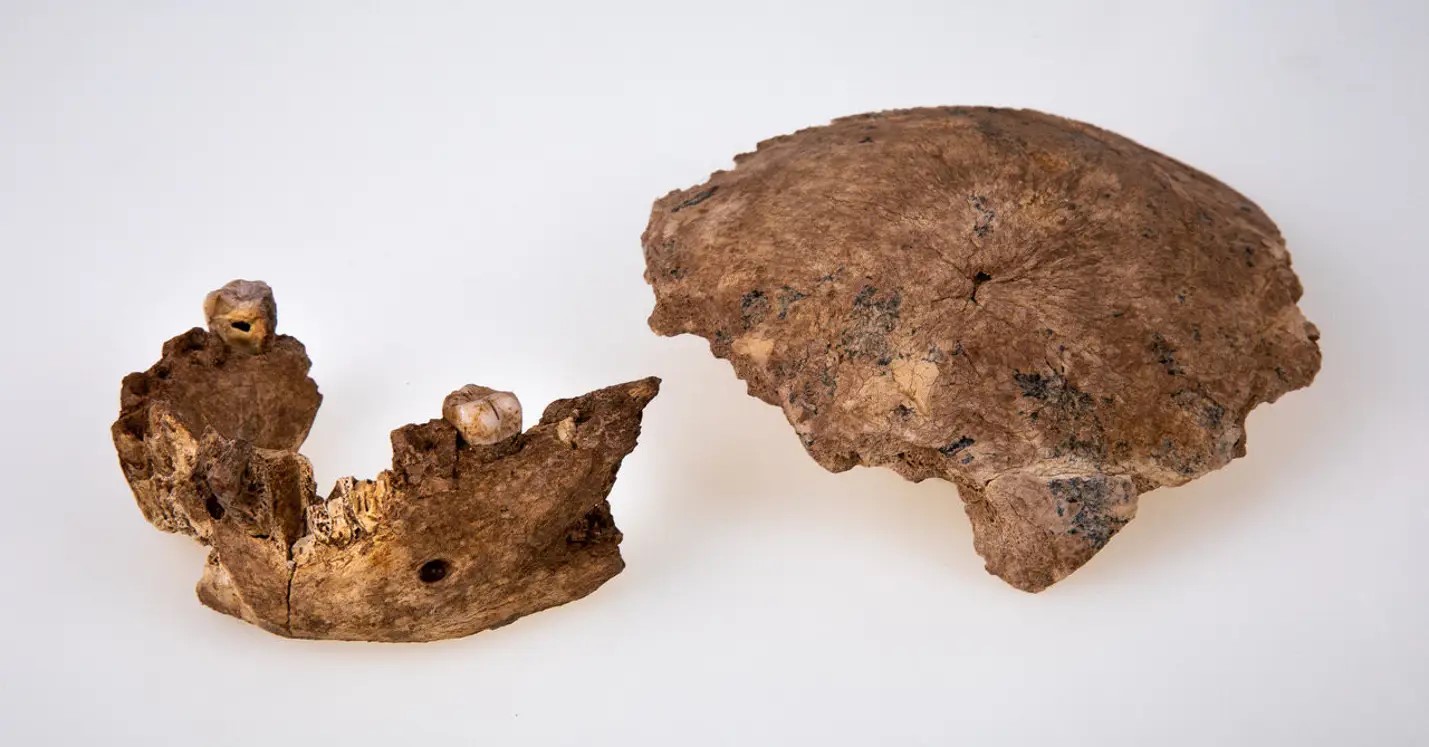
Parts of a jaw (left) and a braincase (right), found at Israel’s Nesher Ramla site, represent an ancient hominid population that contributed to the evolution of European Neandertals and possibly some ancient Homo groups in East Asia, researchers say.
Avi Levin and Ilan Theiler/Sackler Faculty of Medicine/Tel Aviv Univ.
A Paleolithic puzzle
The partial skull, including most of the parietal bones and the lower jaw, was found during a 2010-2011 salvage dig at a prehistoric site discovered in the limestone quarry used by the Nesher cement factory. The site is just outside the central Israeli town of Ramla.
Bulldozers were clearing a new section of the quarry when they hit an ancient sinkhole. As they dug out sediments to a depth of 12 meters, layers of prehistoric tools and animal bones began to emerge.
At this point, Yossi Zaidner, an archaeologist now with the Hebrew University in Jerusalem, was called in to excavate the site before it was destroyed.
“This was a salvage excavation, so we had to dig much faster than we usually do,” Zaidner recalls. “In those two seasons we unearthed an amount of material that would normally require 20 years.”
That material consisted mainly of tens of thousands of flints and animal bones at what turned out to be one of the richest prehistoric sites in Israel, the archaeologist says. Workers hurriedly filled up buckets with prime specimens from a paleolithic banquet: aurochs (a now extinct large wild bovine), tortoises, horses, rhinos, deer, and other animals.
It quickly became evident that prehistoric humans had used the natural sinkhole as an open-air camp to hunt and butcher their prey. But who exactly had been doing the hunting?
The assumption was that it was Homo sapiens. We know that archaic sapiens made early forays out of Africa into today’s Israel as far back as 200,000 years ago. And the tools found at Nesher Ramla, dated to around 120,000 years ago, were similar to those unearthed at other sites from this period and known to have been inhabited by these early sapiens pioneers, Zaidner notes.
But when anthropologists analyzed the remains of the skull, the only human remains found at the dig, they were in for a surprise.
“It looks nothing like Homo sapiens,” Hershkovitz says. The bones displayed a puzzling mosaic of primitive and more advanced features, such as an unusually thick skull and a wide, low, flat – almost squashed – cranial shape.
The researchers conducted advanced three-dimensional shape analyses and evaluated multiple physical traits to compare them to other known Homo specimens and figure out which species it belongs to.
The Nesher Man skull doesn’t fit any known hominin group, says Tel Aviv University anthropologist Hila May, who also took part in the study. Some traits fall within the range of Homo erectus, the first hominin to leave Africa and spread across Eurasia around 1.9 million year ago, she says. Other features are more typical of Neanderthals, particularly the earliest specimens that appear some 400,000 years ago in Europe.
A group of misfits
But what was this unknown and morphologically primitive hominin doing in Israel 140,000-120,000 years ago, a relatively recent time (in evolutionary terms), when the Levant was already awash with sapiens while Europe was still firmly in Neanderthal hands? And what was the connection of this new Homo species to the rest of our evolutionary tree?
To answer these questions, Hershkovitz and colleagues looked at the morphology of other hominin remains that have been discovered in Israel over the last century in Israel and which date to the Middle Pleistocene, the geologic period that goes from 780,000 to 126,000 years ago.
There are multiple skeletons that date to this era and have never been clearly identified as belonging to a specific Homo group: there’s a handful of teeth dating to 400,000 years ago found at Qesem Cave, also in central Israel; a 300,000-year-old partial skull found in Zuttiyeh Cave and known as “Galilee Man,” and a 160,000-year-old skeleton from Tabun Cave on Mount Carmel. Scholars have been debating the identity of these fossils for decades, but when Hershkovitz and colleagues compared their morphologies to that of the newly uncovered specimen from Nesher Ramla, they found that they all fit together in a neat group.
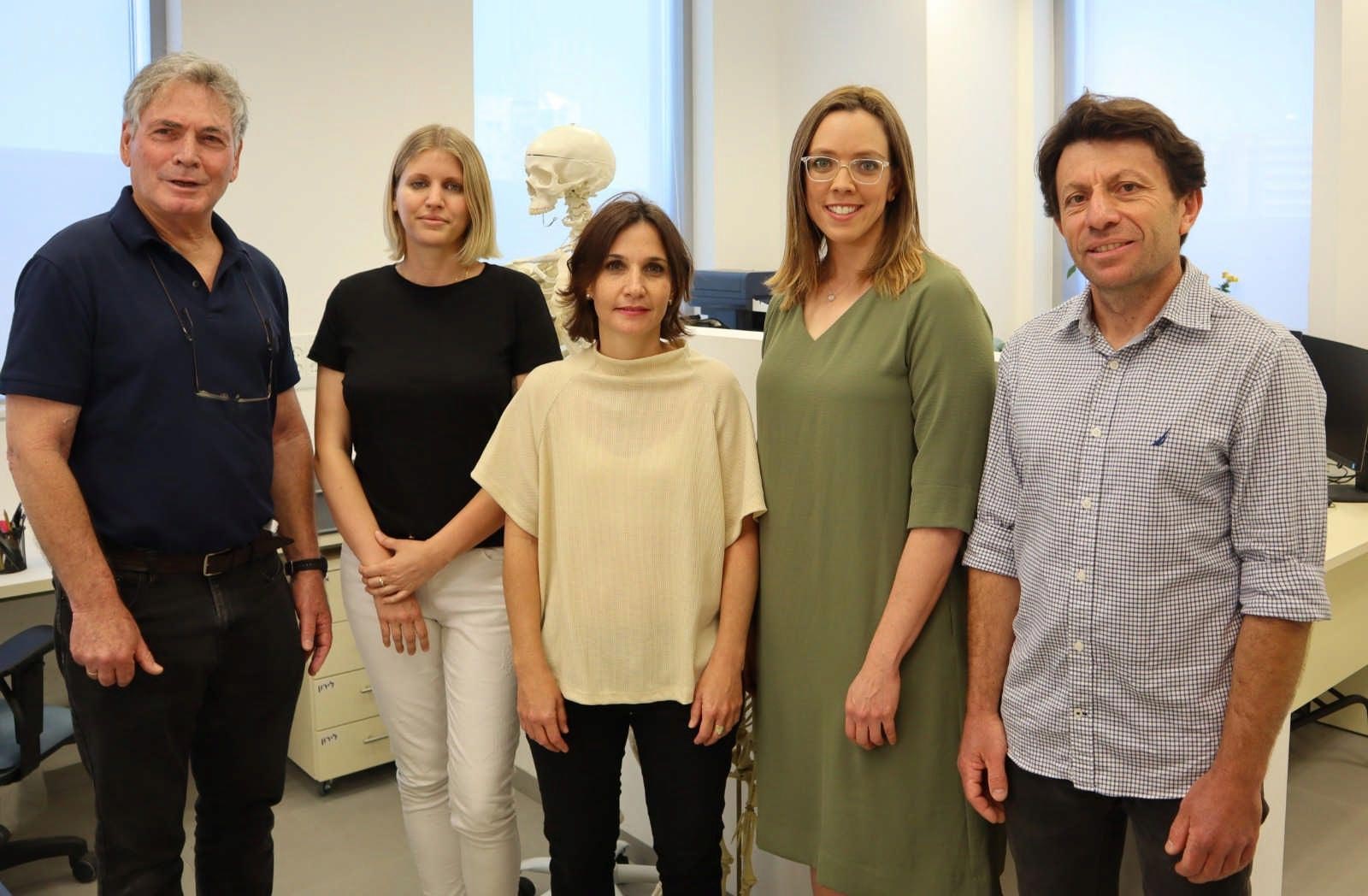
“All of them have very archaic features as well as a similarity to Neanderthal populations,” says dental anthropologist Rachel Sarig. “So we think that the Nesher Ramla specimen was actually one of the last survivors of a group that had been around for a very long time, possibly 400,000 years or more.”
Where Neanderthals come from
The mix of archaic features and Neanderthal traits also suggests that Nesher Man may have been an evolutionary predecessor of the Neanderthals and other hominins that inhabited Eurasia during the Middle Pleistocene, Hershkovitz posits.
Until recently scholars firmly believed that Neanderthals evolved in Europe, but multiple studies in recent years have already questioned this paradigm and suggested a Middle Eastern origin for them instead.
The morphology of European hominins from the Middle Pleistocene is extremely variable, so much so that scientists doubt that they could all have evolved from a single population on the continent itself. More probably, Europe was colonized by successive waves of hominins from the Middle East during interglacial periods, when the ice sheet withdrew, some researchers posit.
These populations retreated or were wiped out when the climate of the Ice Age turned more inclement, only to be replaced later by new groups coming out of the Levant during renewed warm periods. This is what British archaeologist Robin Dennell has dubbed the “sources and sinks” model – with Northern Europe acting as the sink and Southern Europe or the Levant as the home base for the source population that periodically replenished its more vulnerable neighbors up north.
A recent study of DNA samples from various Neanderthal caves has in fact shown that the population at these sites disappeared and was replaced by newly-arrived migrants at least twice before the final extinction of the Neanderthals some 40,000 years ago. And finally, in 2018, a team of Spanish archaeologists wrote in a study on the origins of Neanderthals that: “We hypothesize that during the Middle Pleistocene the European continent was settled at different points in time by hominin groups coming from Southwest Asia, probably from a common mother population evolving in this latter region.”
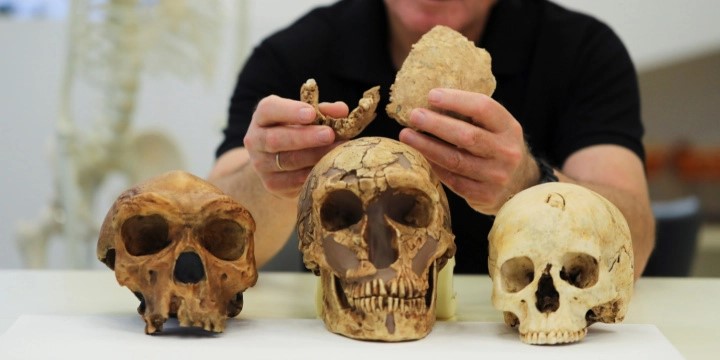
That mother population has now been identified at the dusty limestone quarry of Nesher Ramla, Hershkovitz claims. “They are the source population, they were Neanderthals before the Neanderthals,” he says. This Levantine population did not necessarily spread only west, but may have also have migrated east, evolving into Homo variants that have been unearthed in East Asia, he adds.
The discovery’s interpretation is likely to spark heated debate among scholars of human evolution.
On one hand, it is a “refreshing” find that questions a traditionally linear and simplified scenario for human evolution, says Prof. Mirjana Roksandic, an anthropologist from the University of Winnipeg, in Canada. However, “I am not 100 percent sold on the idea that Neanderthals originated in that part of the world. Their morphology is quite distinct and arises early on in Europe,” Roksandic said. “Ancestral Neanderthals could have quite easily come from the Levant into Western Europe, however, they are unlikely to have had developed Neanderthal morphology right there and then, therefore this late specimen cannot really contribute to the debate.”
In other words, archaeologists in the Levant will have to find more and older skeletons of Homo Nesher Ramla if they want to conclusively prove their case.
Still, there is already another element that supports Nesher Man’s putative place in the evolutionary tree, because it helps explain another mystery in the Neanderthal story.
Recent genetic studies have indicated that Neanderthals experienced an inflow of sapiens DNA more than 100,000 years ago. We already knew that all humans alive today carry a small percentage of Neanderthal DNA, but it was always assumed that the two groups met and mixed only at a much later date (which did indeed happen). An additional, earlier miscegenation event seems impossible if we remain firm in believing that Neanderthals originated and lived exclusively in Europe, since modern humans only reached this continent, at the earliest, some 47,000 years ago.
In other words, how could Neanderthals and sapiens have sex more than 100,000 years ago if they were still separated by thousands of kilometers? But, if we accept that the source population for the Neanderthals came from the Levant, then that could explain how sapiens genes made it to Europe tens of thousands of years before our actual ancestors did.
As mentioned, we know that early Homo sapiens was already in the Levant at least 200,000 years ago and must have coexisted with the newly-identified Homo Nesher Ramla. In fact, at the Nesher site and at nearby sapiens caves there is evidence that the two groups interacted closely because they didn’t just make similar utensils, they used the same tool-making technologies, Zaidner explains.
“Theoretically you can just find such a tool on the ground and get to a similar shape using different processes, but here we see similarities in all the stages of the flint knapping, and that is something you need to learn,” he says. “So the best explanation for the parallels in the stone tool production techniques is that they learned from each other.”
This means two things. Firstly: even though Nesher Man appears, morphologically, so archaic and different from us, culturally it was very similar to our sapiens ancestors and ostensibly had comparable cognitive abilities.
Secondly, close communication suggests that other forms of interaction may have occurred, and that this is how the European hominins that possibly descended from Nesher Man carried within them a bit of sapiens DNA.
It’s not hard to imagine that at some point, some guy must have shown off his extensive collection of super-cool last-generation flint tools to the girl from the cave next-door. An appropriate amount of oohing and aahing ensued. Then one thing led to another and, well, the rest is prehistory.
In the anthropological paper now published in Science, the researchers suggest that the Nesher Ramla Homo type might represent this population, heretofore missing from the record of human fossils. Moreover, the researchers propose that the humans from Nesher Ramla are not the only ones of their kind discovered in the region, and that some human fossils found previously in Israel, which have baffled anthropologists for years — like the fossils from the Tabun cave (160,000 years ago), Zuttiyeh cave (250,000), and Qesem cave (400,000) — belong to the same new human group now called the Nesher Ramla Homo type.
“People think in paradigms,” says Dr. Rachel Sarig. “That’s why efforts have been made to ascribe these fossils to known human groups like Homo sapiens, Homo erectus, Homo heidelbergensis, or the Neanderthals. But now we say: No. This is a group in itself, with distinct features and characteristics. At a later stage small groups of the Nesher Ramla Homo type migrated to Europe — where they evolved into the ‘classic’ Neanderthals that we are familiar with, and also to Asia, where they became archaic populations with Neanderthal-like features. As a crossroads between Africa, Europe, and Asia, the Land of Israel served as a melting pot where different human populations mixed with one another, to later spread throughout the Old World. The discovery from the Nesher Ramla site writes a new and fascinating chapter in the story of humankind.”
Prof. Gerhard Weber, an associate from Vienna University, argues that the story of Neanderthal evolution will be told differently after this discovery: “Europe was not the exclusive refugium of Neanderthals from where they occasionally diffused into West Asia. We think that there was much more lateral exchange in Eurasia, and that the Levant is geographically a crucial starting point, or at a least bridgehead, for this process.”
Reference: 24 June 2021, Science.



